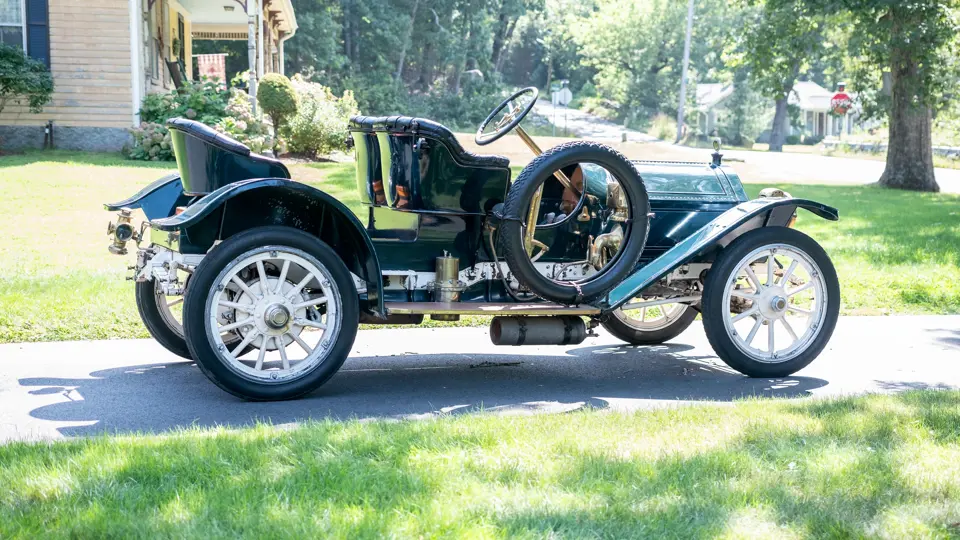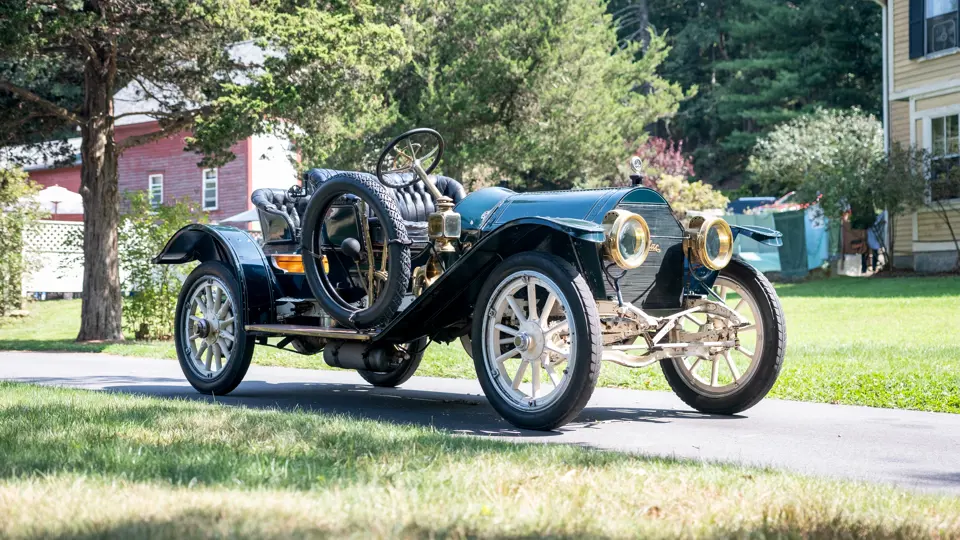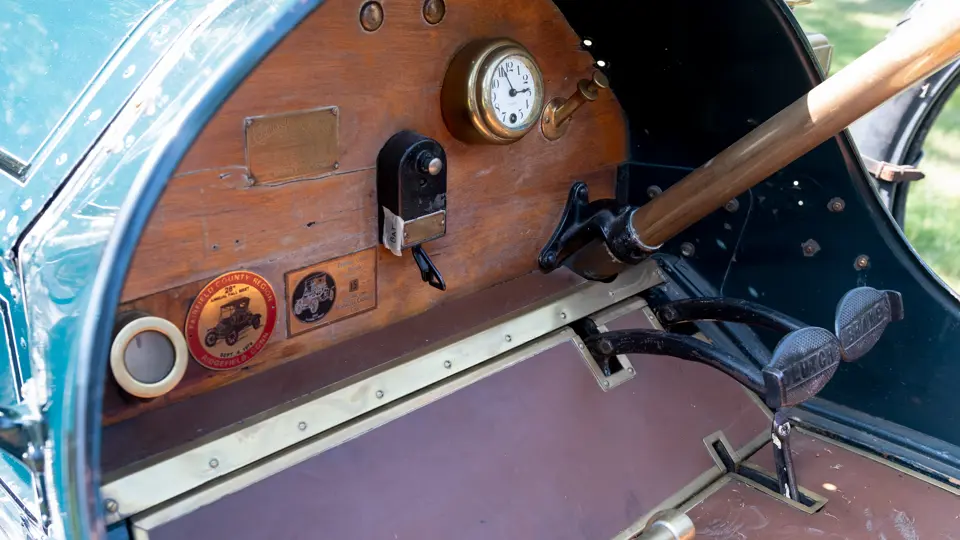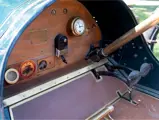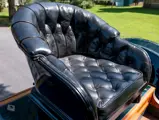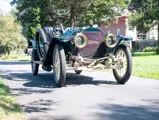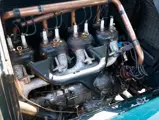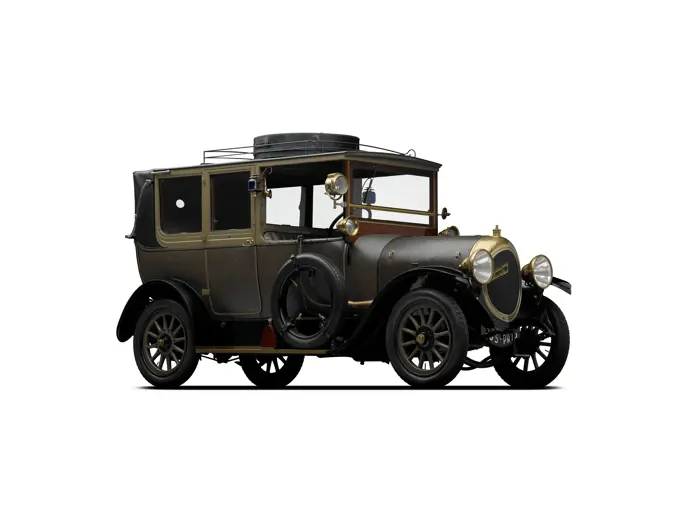
1911 Cadillac Thirty 3-Passenger Roadster
{{lr.item.text}}
$41,250 USD | Sold
{{bidding.lot.reserveStatusFormatted}}
- An original, authentic and correct “Thirty,” born a roadster
- Formerly owned by renowned pioneer enthusiast Henry Austin Clark Jr.
- Displayed for years in Clark’s famous Long Island Automobile Museum
- Well-preserved older cosmetic restoration, with its original interior
- Ideal for Brass Era touring; a marvelous machine in every regard
Henry Austin Clark Jr. is a name that requires no introduction to the serious enthusiast of Brass Era automobiles. Suffice to say that in the early years of the hobby on the East Coast, Clark was one of its foremost proponents and best-known figures, often acquiring cars from the estates of their original owners and exhibiting them at many events as well as in his Long Island Automobile Museum.
One of Clark’s treasures was this Cadillac “Thirty” Roadster, which according to its build record had first been sold in New York City on 5 May 1911, equipped with the same engine and chassis it retains today. “Austie” discovered it on the farm behind the Big Duck, a Long Island landmark in Flanders, New York, in partnership with a Thomas Flyer. He shortly resold the Cadillac to Ken Rohl, who restored it in partnership with early enthusiast Bill Hoffman—a “restoration” that appears to have been little more than mechanical rejuvenation and new paint in the correct blue color. Rohl later traded the car back to Clark for the Thomas, and the “Thirty” was exhibited in the Long Island Automobile Museum until its closure in 1963.
Clark held his own auction to disperse the museum’s collection, complete with a delightfully earnest typewritten catalogue, noting the Cadillac was “all ready to go with new Dunlops. Paint a bit chipped on the edges. This is for the sport who doesn’t like a top and a windshield.” Roger Feris Sr., was the winning bidder and retained the car until 2013, when he sold it to the previous owner, a noted Brass Era collector in the Northeast. At this time, the car was fitted with an electric starter, and reportedly an additional $8,000 was spent on mechanical work and tidying of the original upholstery—which is, indeed, that from 1911, and in very good shape for its age. A top and windshield are present, along with the original double rear seat. Aside from the electric starter, the car remains in very stock, original condition.
Accompanied by receipts, a copy of its build sheet, and an owner’s manual, this Brass Cadillac has a wonderfully charming, usable appearance. It fairly begs to be taken out on a tour, in the grand tradition of “Austie,” its erstwhile owner and one of the most beloved figures in American car collecting.

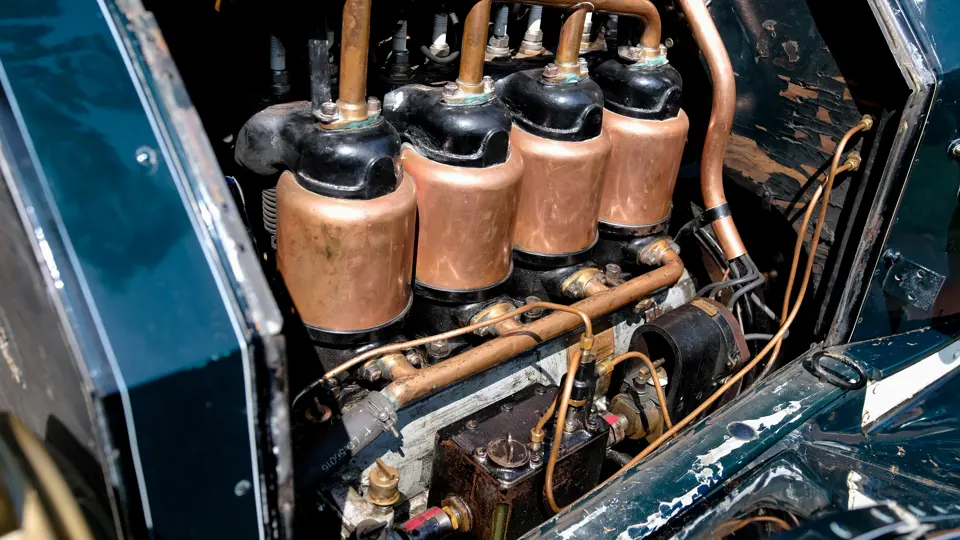
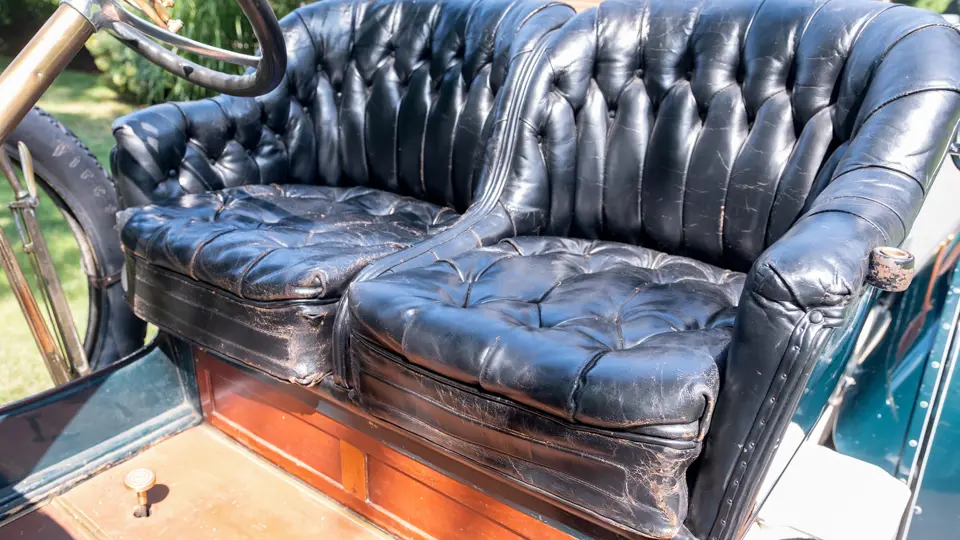

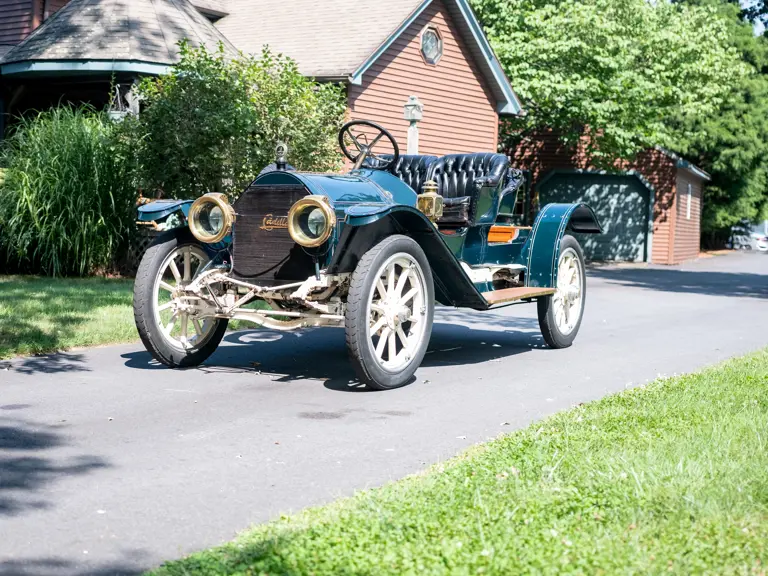

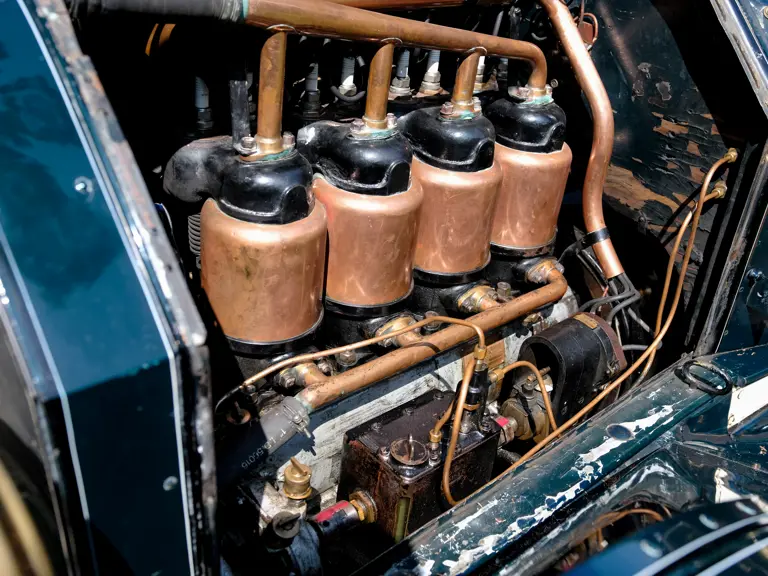
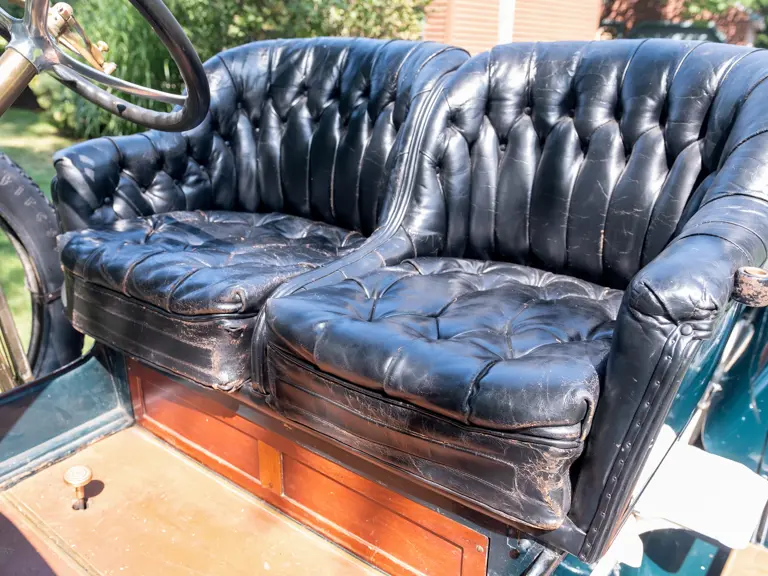
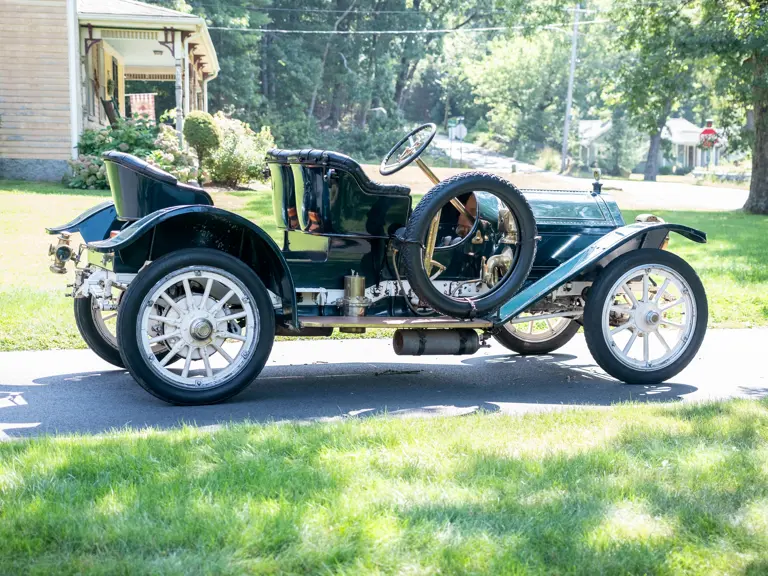
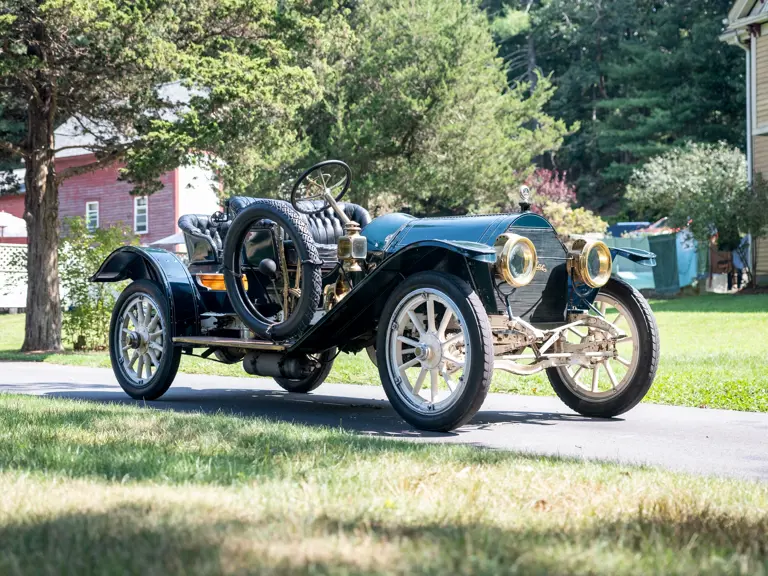
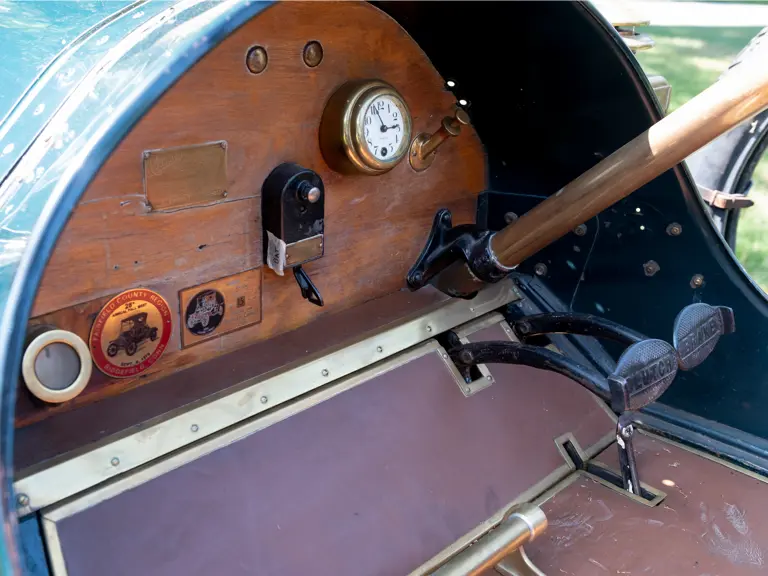
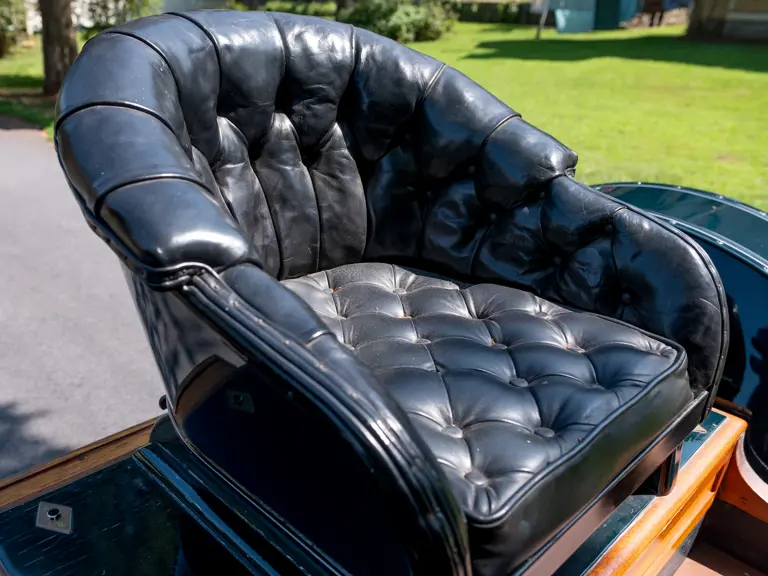

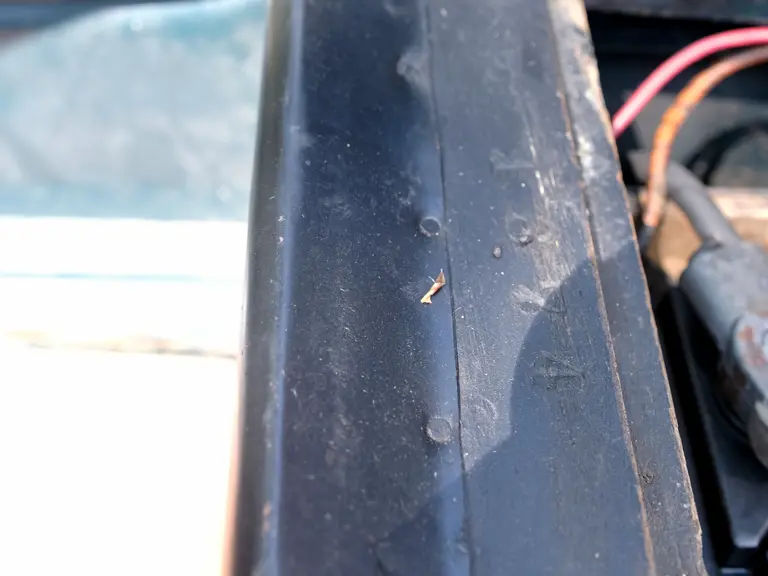
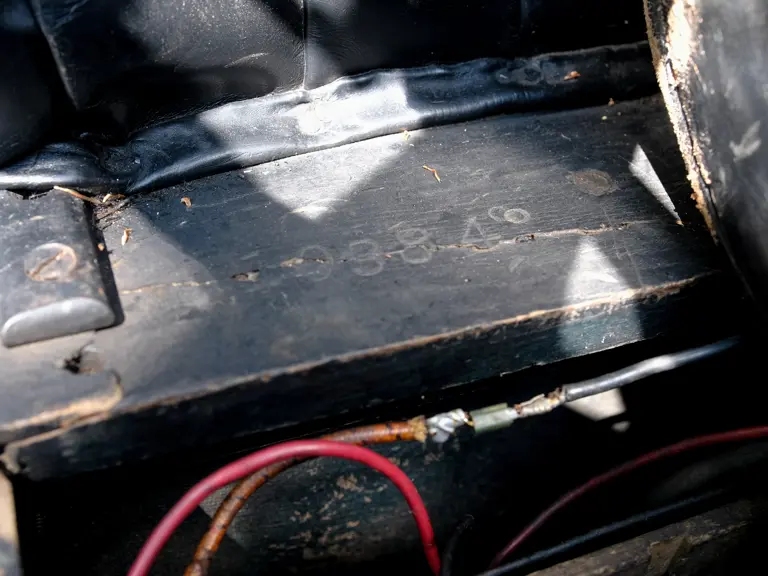
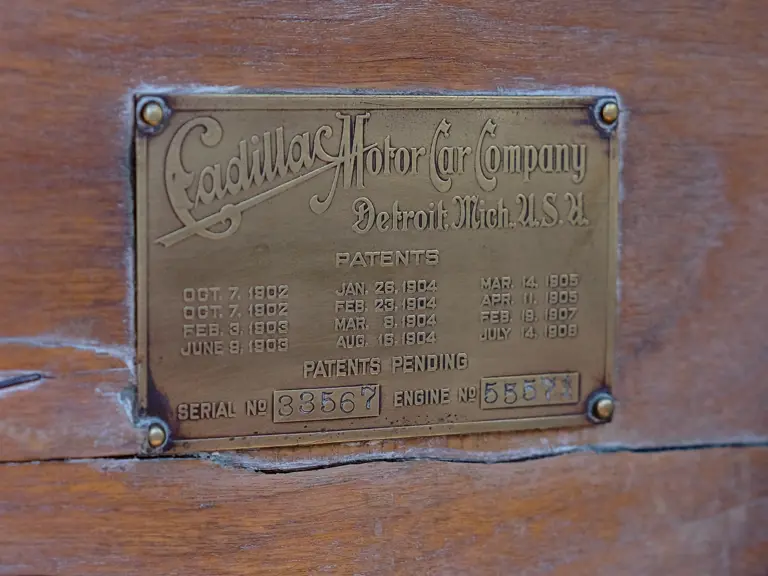
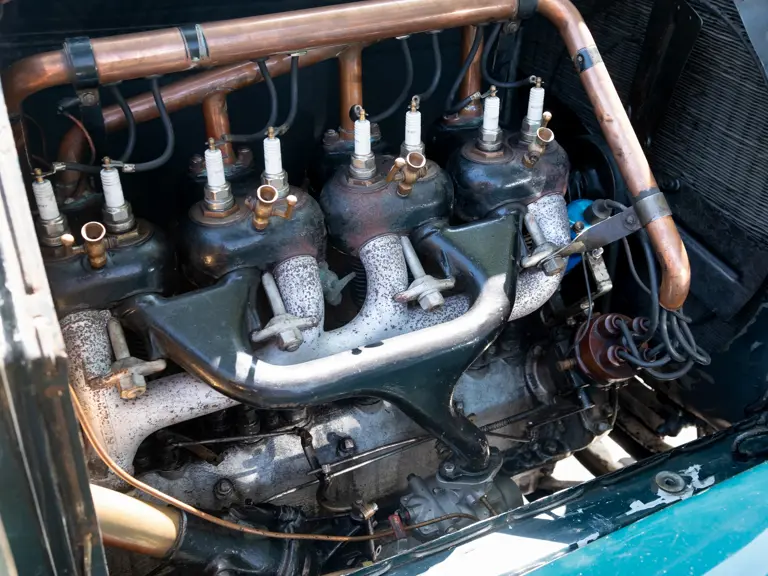
 | Hershey, Pennsylvania
| Hershey, Pennsylvania
